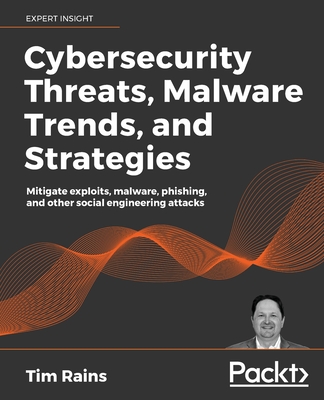商品描述
5 G technology is the next step in the evolution of wireless communication. It offers faster speeds and more bandwidth than 4G. One of the biggest differences between 4G and 5G is that 5G will be used for a wider range of applications. This makes it ideal for applications such as autonomous vehicles, smart cities, and the internet of things. This means that there will be more devices connected to 5G networks, making them more vulnerable to cyber attacks. However, 5 G also introduces new cyber risks that need to be addressed. In addition, 5 G networks are expected to be much more complex, making them harder to secure.
5G networks will use new technologies that could make them more vulnerable to attack. These technologies include massive MIMO (multiple input, multiple output), which uses more antennas than traditional cellular networks, and millimeter wave (mmWave), which uses higher frequencies than traditional cellular networks. These new technologies could make it easier for attackers to intercept data or disrupt service.
To address these concerns, security measures must be implemented throughout the network. Security mechanisms must be included in the design of 5G networks and must be updated as new threats are identified.
Moreover, to address these risks, 5 G security standards need to be developed and implemented. These standards should include measures to protect against Denial of Service (DoS) attacks, malware infections, and other threats.
Fortunately, artificial intelligence can play a key role in mitigating these risks. With so many interconnected devices, it can be difficult to identify and isolate malicious traffic. AI can help by identifying patterns in data that would otherwise be undetectable to humans.
6G technology is still in the early developmental stages, but security experts are already voicing concerns about the potential challenges that could arise with this next generation of mobile connectivity. Experts are already working on a roadmap for 6G deployment, and they are confident that these and other challenges can be overcome.
商品描述(中文翻譯)
5G 技術是無線通信演進的下一步。它提供比 4G 更快的速度和更大的頻寬。4G 和 5G 之間最大的區別之一是,5G 將用於更廣泛的應用。這使得它非常適合自動駕駛車輛、智慧城市和物聯網等應用。這意味著將有更多設備連接到 5G 網絡,使其更容易受到網絡攻擊。然而,5G 也引入了需要解決的新網絡安全風險。此外,5G 網絡預計將更加複雜,這使得其安全性更難以保障。
5G 網絡將使用新技術,這可能使其更容易受到攻擊。這些技術包括大規模 MIMO(多輸入多輸出),它使用比傳統蜂窩網絡更多的天線,以及毫米波(mmWave),它使用比傳統蜂窩網絡更高的頻率。這些新技術可能使攻擊者更容易攔截數據或干擾服務。
為了應對這些擔憂,必須在整個網絡中實施安全措施。安全機制必須納入 5G 網絡的設計中,並且必須隨著新威脅的出現而進行更新。
此外,為了應對這些風險,需要制定和實施 5G 安全標準。這些標準應包括防止拒絕服務(DoS)攻擊、惡意軟體感染和其他威脅的措施。
幸運的是,人工智慧可以在減輕這些風險方面發揮關鍵作用。隨著如此多的互聯設備,識別和隔離惡意流量可能會變得困難。人工智慧可以通過識別數據中的模式來幫助,這些模式在其他情況下可能無法被人類檢測到。
6G 技術仍處於早期開發階段,但安全專家已經對這一代移動連接可能出現的挑戰表達了擔憂。專家們已經在為 6G 部署制定路線圖,並對這些及其他挑戰能夠克服充滿信心。
作者簡介
Dr. Sabhyata Soni is a Ph.D. (Electronics & Communications Engineering) from Thapar University Patiala. She has more than twenty years of experience teaching in the topmost engineering colleges of India. Her research papers are published in many reputed and highly ranked international journals. Currently, she is teaching as a senior faculty at the University Institute of Engineering and Technology(UIET), affiliated with one of India's oldest universities, the Panjab University (PU), Chandigarh.
作者簡介(中文翻譯)
薩比亞塔·索尼博士(Dr. Sabhyata Soni)擁有印度塔帕爾大學(Thapar University Patiala)的電子與通信工程博士學位。她在印度頂尖的工程學院擁有超過二十年的教學經驗。她的研究論文發表在許多知名且高排名的國際期刊上。目前,她在印度最古老的大學之一——昌迪加爾的旁遮普大學(Panjab University, PU)所屬的工程與技術大學學院(University Institute of Engineering and Technology, UIET)擔任高級教職。















![Linux Shell 程式設計與管理實務 [第三版]【暢銷回饋版】-cover](https://cf-assets2.tenlong.com.tw/products/images/000/181/927/medium/9786263332539_bc.jpg?1662538462)














